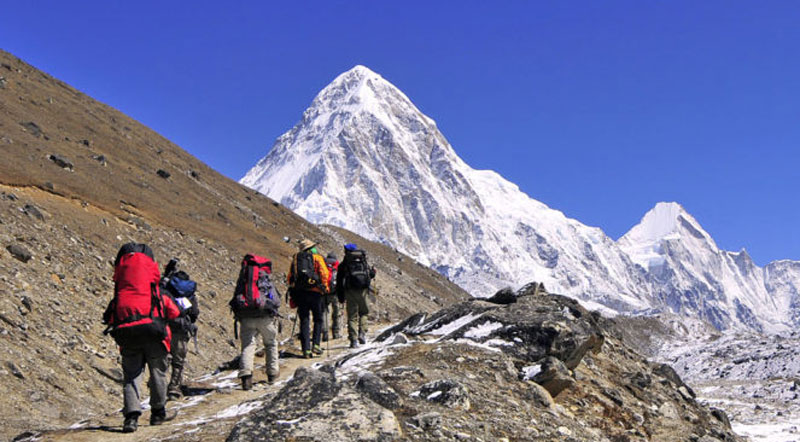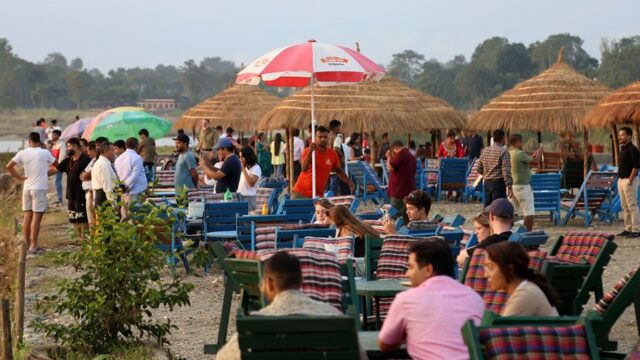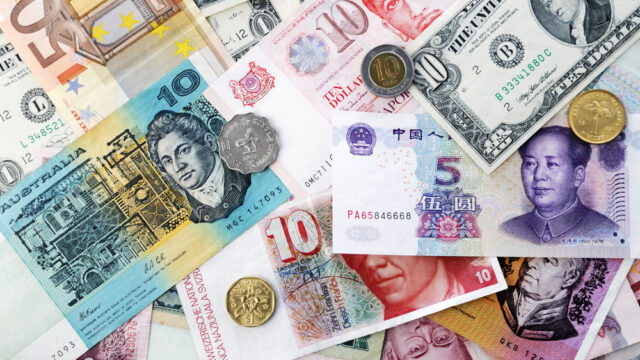Nepal is set to commemorate a landmark moment in mountaineering history with the Diamond Jubilee Festival, celebrating the 75th anniversary of the first successful ascent of Annapurna I (8,091 meters), the first 8,000-meter peak ever climbed by humans. This historic event took place on June 3, 1950, when Maurice Herzog and Louis Lachenal of France reached the summit, three years before the first Everest ascent. Located in Myagdi district, Annapurna I straddles the borders of Myagdi, Kaski, Manang, and Mustang, with its climbing route and base camp falling under Annapurna Rural Municipality-4, Narchyang.
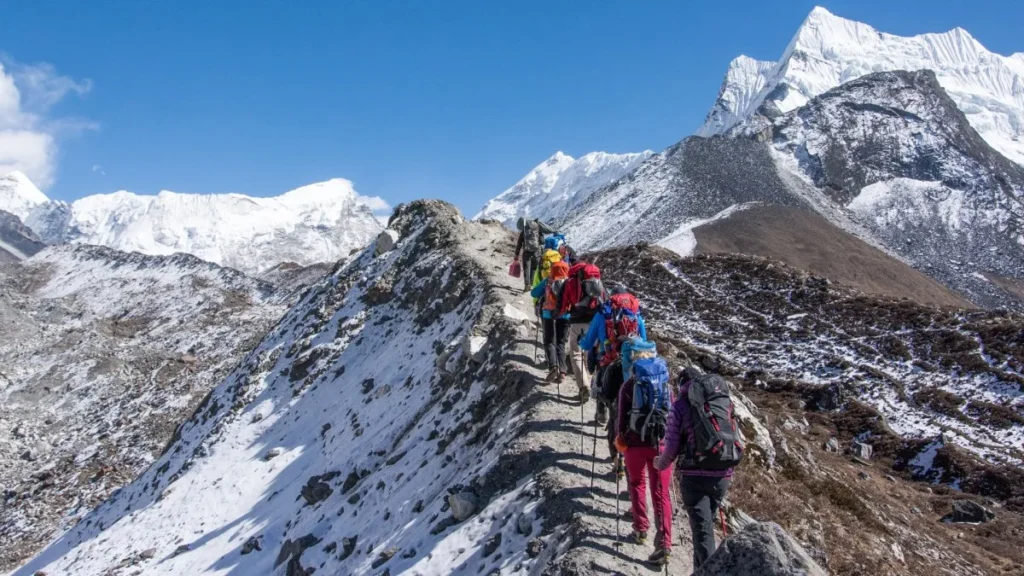
The Diamond Jubilee Festival will run from May 30 to June 5 (Jestha 16–22, 2082 BS), marking the first time the event is being celebrated at the actual geographical site of the historic climb. Previously, such celebrations had taken place in Kathmandu and Pokhara. According to Annapurna Rural Municipality Chair Bharat Kumar Pun, hosting the festival in Narchyang reflects the region’s deep-rooted connection to Nepal’s mountaineering legacy and aims to spotlight its growing role in global adventure tourism.
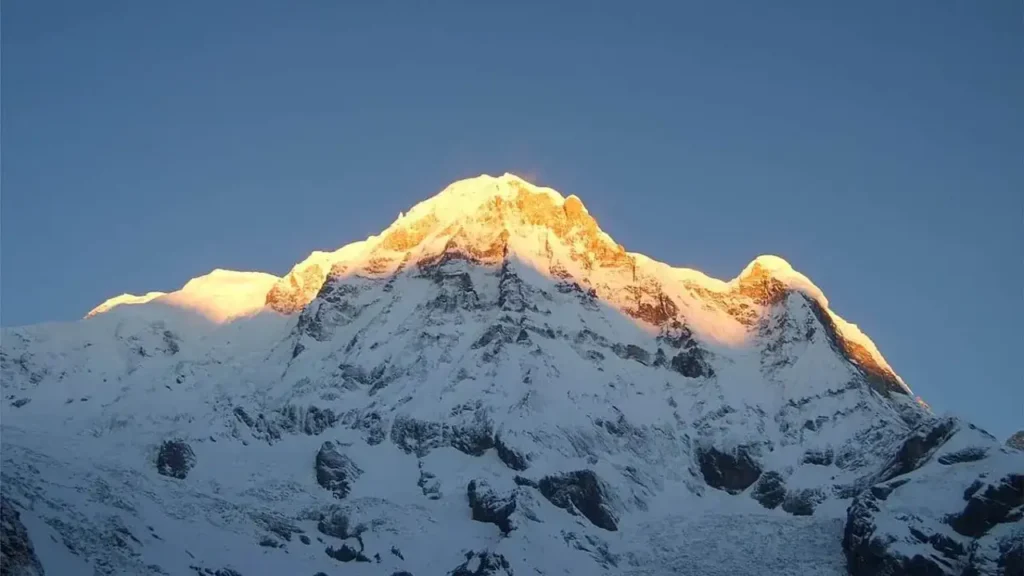
One of the key highlights of the festival is a trek from Narchyang to Annapurna Base Camp, scheduled from May 30 to June 2. On June 2, Herzog’s family will donate his original climbing equipment to the International Mountain Museum in Pokhara, a gesture of historical and emotional significance. Additionally, a Nepali-translated version of Herzog’s famous book “The Annapurna”, originally published in French, will be launched in collaboration with the French Embassy.
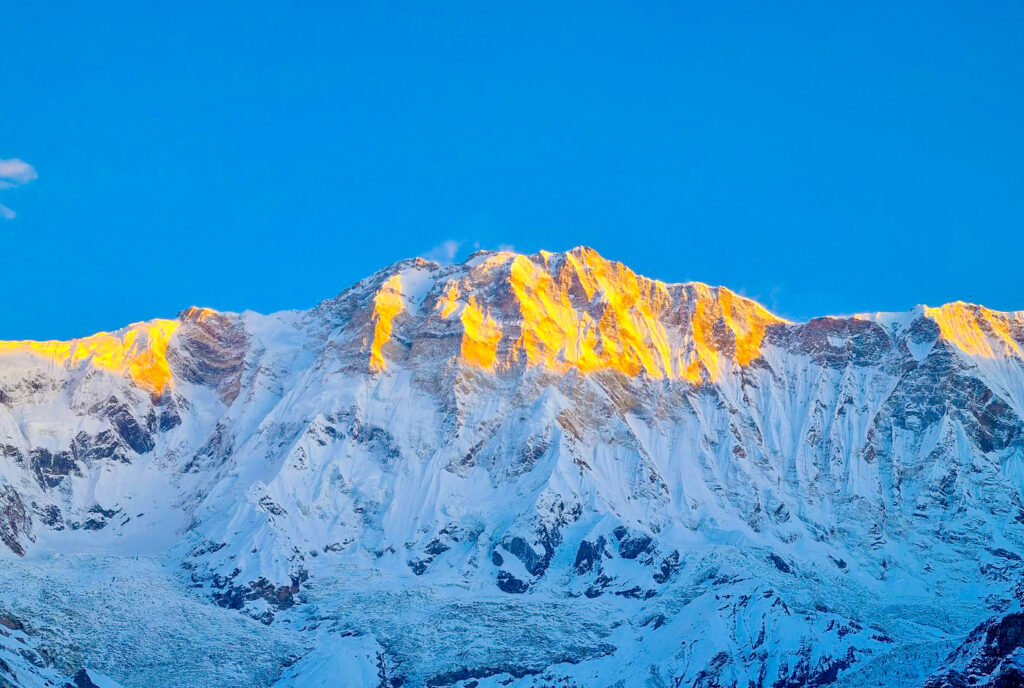
Cultural festivities will also be a major component, with all eight wards of Annapurna Rural Municipality showcasing Magar traditional dances, cultural exhibitions, and local performances. Furthermore, the event features a Base Camp to Narchyang Marathon, the unveiling of climbers’ statues, the inauguration of a mountaineering museum, and the official opening of the Maurice Herzog Trekking Route, all designed to promote tourism and preserve mountaineering heritage. The grand celebration will include prize distributions and large-scale events.
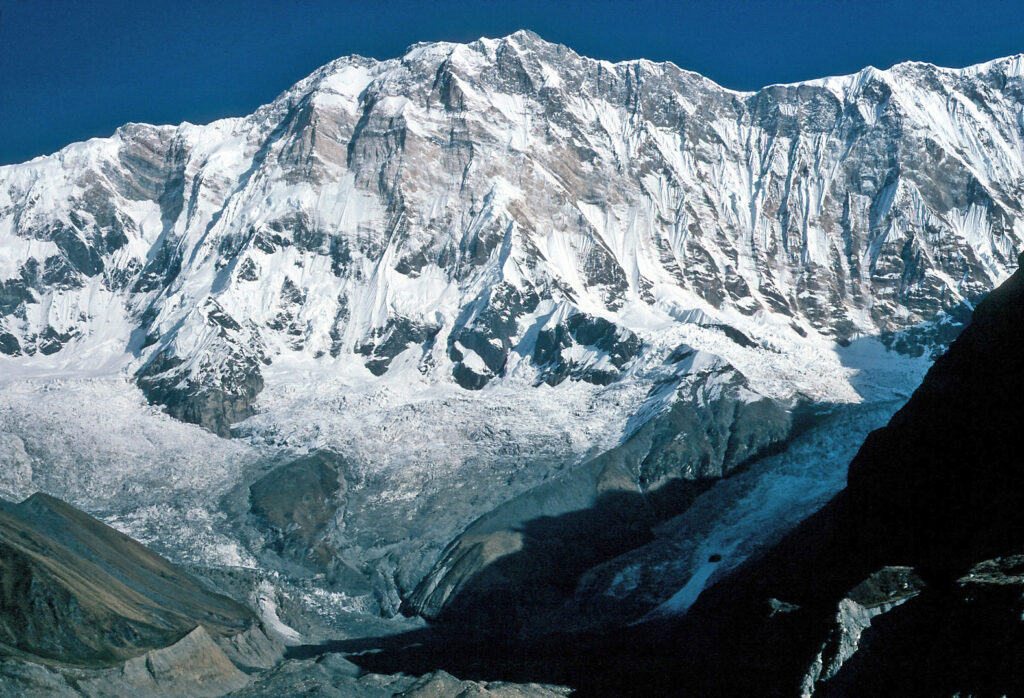
The festival will conclude with a closing ceremony on June 3 at Ghorepani Poon Hill, a popular vantage point and trekking destination. This scenic location will serve as the symbolic end to a week-long tribute to one of the greatest milestones in Nepal’s mountaineering history. The event is being jointly organized by Annapurna Rural Municipality, Nepal Tourism Board, Nepal Mountaineering Association (NMA), the Annapurna Conservation Area Project (ACAP), and TAAN Gandaki. Local institutions such as the Narchyang Ward Office, women’s groups, and youth clubs like Annapurna and Janajagaran are actively involved in managing and executing the festival.
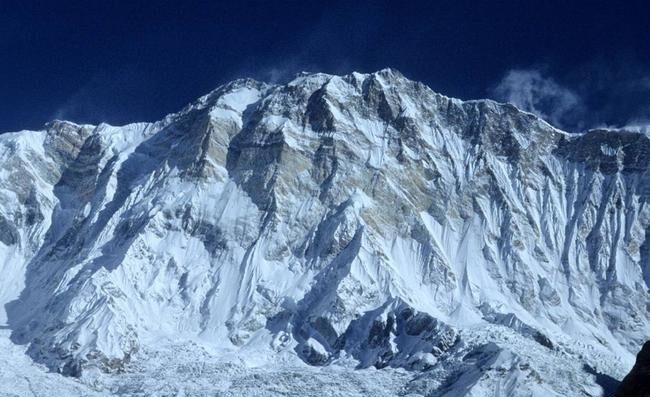
The Maurice Herzog Trail, officially recognized in 2011 (2068 BS), commemorates the route of the pioneering climber. This trail also serves as a gateway to the world-famous Annapurna Circuit Trek and was previously highlighted during the Annapurna Tourism Festival in 2020 (2077 BS). The Diamond Jubilee Festival aims not only to honor a monumental achievement in mountaineering but also to further establish the Annapurna region as a major hub for adventure and cultural tourism.
